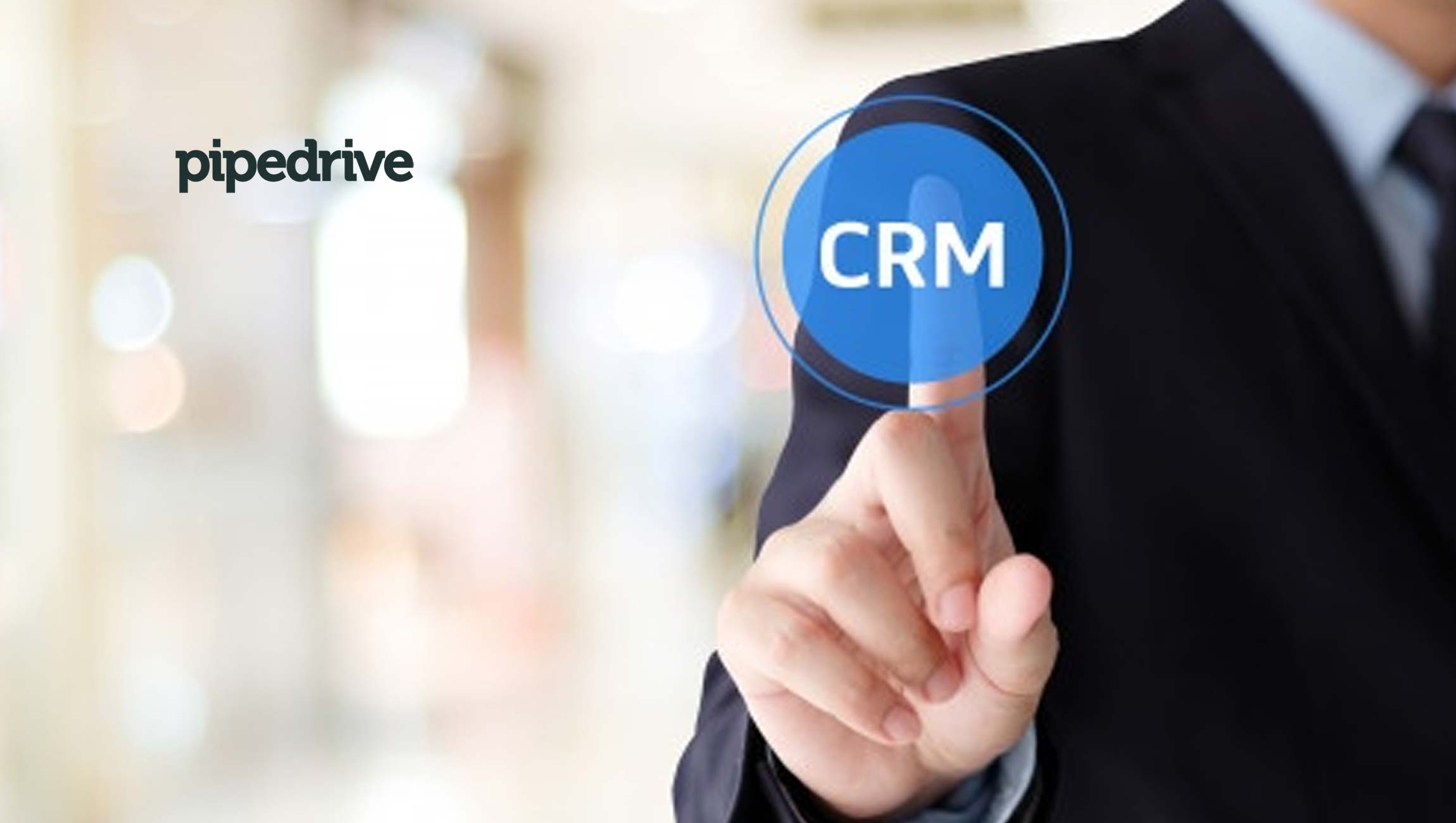At one time, there was a fairly universal business model which applied to virtually every company. The customer would become aware of their product through a printed advert or billboard. They would then speak with the company selling the product to obtain a quote. After mulling over their potential purchase for several days, they would finally (hopefully) decide to go ahead and buy the product in question. The process could be a long one, with a decreasing chance of making a sale as each step of the path progressed.
These days in the era of digital marketing, the process of consumer decision making has changed beyond all recognition. User behavior has been streamlined and today’s business model is a much briefer one than in the past. Now, when a consumer decides they need a product, they can surf the internet immediately, find exactly what they need virtually instantly and make a snap purchasing decision. Researching online takes a matter of minutes or hours rather than days trawling around stores and calling suppliers. Reviews are right there at the consumer’s fingertips and product demos can be viewed immediately before making any purchasing decision. This accessibility has had a major impact on the standard business model. It no longer follows a linear and traditional path. It has become a moving target that has digital marketing right at its heart.
Read More: Eye Rolls at Pre-Rolls: How to Escape the Trap of Annoying Ads
Recognizing A Need
The first step of the traditional business model involved the consumer recognizing that they had a need for a product or service. Today, there is a wealth of options that companies can choose from to facilitate this stage of the process. Social media can have a powerful impact, reaching a targeted audience base within the brand’s most relevant demographic, with around 3 million advertisers now using Facebook to reach consumers. Email newsletters can reach out to interested parties and previous customers to highlight the latest products and promotional offers, encouraging them to find out more. Banner adverts can attract the attention of web surfers… in short, the options are extensive and effective.
The Information-Gathering Phase
Once the consumer has recognised their need, they begin gathering information about the product or service that they require. This is, arguably, the stage at which digital marketing can be most powerful. Around 89% of all consumers now begin their search for product information on the internet. That means that when companies harness the power of a strong SEO strategy paired with sponsored and PPC advertising they can rise up the search engine rankings to get their brand in front of the widest possible audience.
Even local companies can benefit from taking a digital marketing approach. While they may be catering for a more localized demographic, they can take advantage of local SEO to point customers towards their physical presence. Around 86% of shoppers search for a local business to meet their needs online so the digital marketing avenue is something that even the smallest business can profit from. Gone are the days of relying on the Yellow Pages or locally distributed flyers.
Read More: 3 Ways Mobile Technology is Changing the Brick-and-Mortar Experience
Evaluation Of Options
Next, we reach the evaluation stage. At one time, businesses could be fairly confident that as long as they were the first to reach the customer they could make a sale however this is no longer the case. Thanks to the internet, price comparison is the work of minutes. Companies can harness this power themselves, however, by featuring live price comparisons on their own website so that consumers need to look no further. By keeping the customer on the site, the chances of a sale increase.
Assessing The Evidence
Online reviews also have a key role to play at this stage of the consumer decision-making process. Evidence has shown that around two-thirds of all shoppers reference reviews before making most kinds of purchases. By taking a proactive response to consumer reviews, it’s possible to create a positive brand impression for outstanding customer service and so to sway the consumer in the company’s direction even if there are negative reviews.
Making The Decision
By this point, buyers have all the information they need to make a purchasing decision at their fingertips. Digital marketing has done its work. It is now important to ensure that the process of making the sale is as simple and efficient as possible with a smooth-loading, user-friendly site and a secure payment facility.
It’s clear that, regardless of the size or type of a business, digital marketing is essential in today’s modern competitive marketplace. Harnessing its potential to generate leads, convert customers and close sales couldn’t be more important.
Read More: How AI will Change the Game for Influencer Marketing











